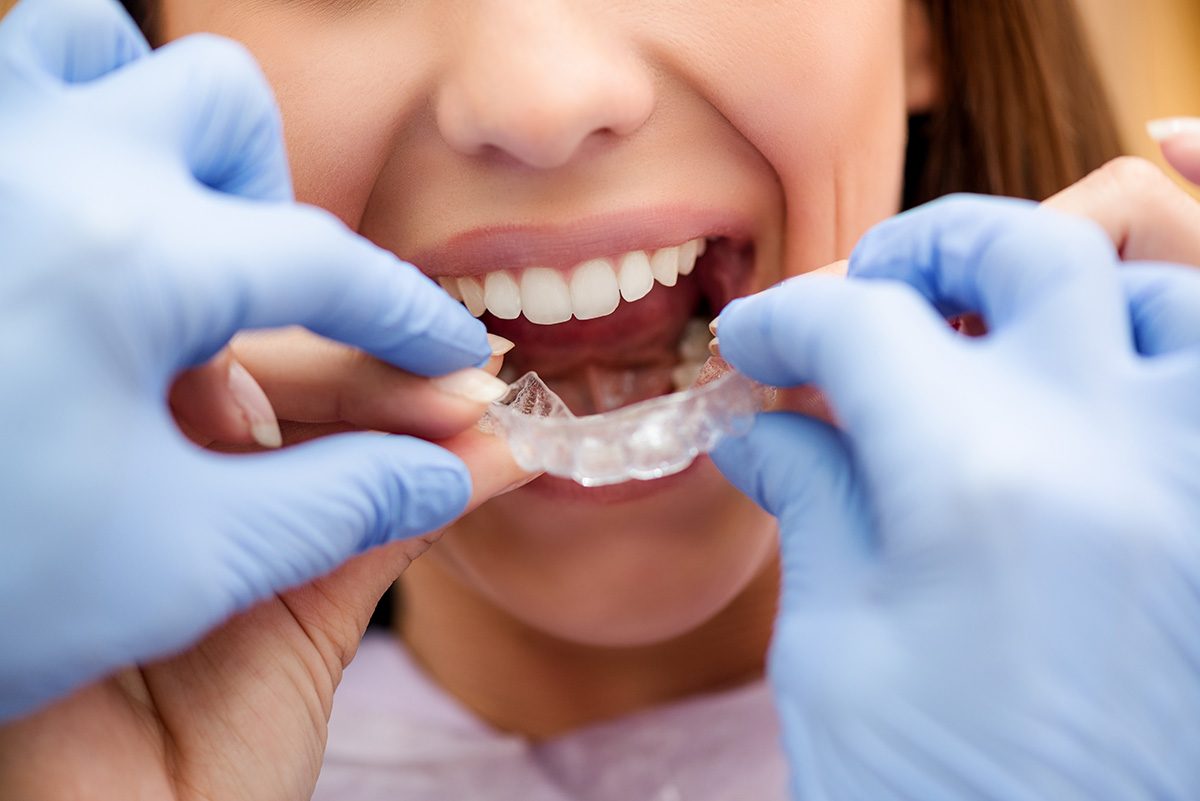9 Easy Facts About Legacy Orthodontics Explained
9 Easy Facts About Legacy Orthodontics Explained
Blog Article
Legacy Orthodontics Fundamentals Explained
Table of ContentsThe smart Trick of Legacy Orthodontics That Nobody is DiscussingFascination About Legacy OrthodonticsThe 2-Minute Rule for Legacy OrthodonticsThe Facts About Legacy Orthodontics RevealedThe Ultimate Guide To Legacy Orthodontics
In addition, we provide adjustable treatment timetables, versatile payment alternatives and a fun, pleasurable experience.An orthodontist is a dentist educated to diagnose, protect against, and deal with teeth and jaw irregularities. Orthodontists function with individuals of all ages, from youngsters to adults.
Malocclusion, or misaligned teeth, can bring about dental problems, consisting of dental cavity, periodontal illness, and hard or unpleasant eating. However not everyone is birthed with straight teeth. If you have a poor bite or large spaces in between your teeth, you may intend to get in touch with a dental expert concentrating on orthodontic care.
Legacy Orthodontics Things To Know Before You Buy
( Image Credit Score: DigitalVision/Getty Images) Orthodontists utilize dealt with and removable oral tools, like braces, retainers, and bands, to change the placement of teeth in your mouth. Orthodontic treatment is for dental irregularities, consisting of: Misaligned teethBite troubles, like an overbite or an underbiteCrowded teeth or teeth that are as well much apartJaw misalignmentThe goal of orthodontic treatment is to improve your bite.
A healthy bite ensures you can eat, chew, and speak appropriately. While you could consider orthodontists as mostly for children or teenagers who need braces, they can remedy oral problems at any age. Orthodontists attend college, dental institution, and orthodontic college. After graduation, they invest 2 or 3 years in an orthodontic residency program.
, yet not all dental experts are orthodontists. They concentrate on 2 areas: Just how to correctly and safely move teeth Exactly how to properly direct development in the teeth, jaw, and faceOnce an orthodontist has completed training, they have the choice to become board licensed.
Legacy Orthodontics Can Be Fun For Everyone
Imbalance, or malocclusion, is the most usual reason people see an orthodontist. It is hereditary and is the outcome of dimension differences between the top and lower jaw or in between the jaw and teeth. Malocclusion results in tooth overcrowding, an askew jaw, or irregular bite patterns. Malocclusion is typically treated with: Your orthodontist attaches steel, ceramic, or plastic square bonds to your teeth.
Some people require a headwear to help move teeth right into line with stress from outside the mouth. A retainer is a customized gadget that maintains your teeth in area.
They're usually utilized on kids. They can develop extra space in the mouth without having to pull teeth. If you have a serious underbite or overbite, you might require orthognathic surgery (additionally called orthodontic surgical procedure) to lengthen or shorten your jaw. Orthodontists use cords, surgical screws, or plates to sustain your jaw bone.
You might require to see an orthodontist if you have: Crowding or otherwise sufficient space for every one of your teethOverbite, when your upper teeth come over your base teethUnderbite, when your base teeth are also far forwardSpacing or problems with gapsCrossbite, which is when your top teeth fit behind your bottom teeth when your mouth is closedOpen bite or a vertical gap in between your front base and upper teethMisplaced midline, when the center of your base and top teeth don't align Fixing an oral malocclusion can: Make biting, chewing, and talking easierImprove the symmetry of our face and your total appearanceEase discomfort from temporomandibular joint problemsSeparate your teeth and make them easier to clean up, assisting stop dental caries or cavities It's typically a dentist that first notifications misaligned teeth throughout a regular examination.
Legacy Orthodontics Can Be Fun For Anyone

Throughout your very first orthodontic consultation, you'll likely have: A dental examPhotos taken of your face find this and smileDental X-raysPanoramic (360 degree) X-rays of your face and headImpressions to create molds of your teethThese tests will assist your orthodontist recognize how to continue with your therapy. braces. An orthodontist is a dental professional who's had training to treat your teeth and jaw
An orthodontist is focused on your bite, so something like a cracked tooth would be handled by a dental expert. Orthodontists are concentrated on your bite, or the way your teeth fit with each other, and the straightness of your teeth.
Ever questioned exactly how stars always appear to have perfectly aligned teeth? The response usually hinges on the knowledgeable hands of an orthodontist. What specifically does an orthodontist do? Orthodontists are oral experts that concentrate on dealing with abnormalities in the teeth and jaws. Their proficiency exceeds just creating an attractive smile; it includes improving your general dental health and wellness and function.
Indicators on Legacy Orthodontics You Need To Know

, orthodontists have a varied toolkit at their disposal. These tried-and-true dental braces make use of a system of braces bound to the teeth and linked by cords.
Clear aligners, like Invisalign, are a preferred choice for patients looking for a much more very discreet therapy alternative. These detachable trays are custom-made to progressively shift the teeth's placement. Headgear may be used along with dental braces or aligners to use extra targeted forces, particularly for dealing with jaw discrepancies. In cases of narrow jaws, palatal expanders can be utilized to create room for appropriate tooth positioning.
Report this page